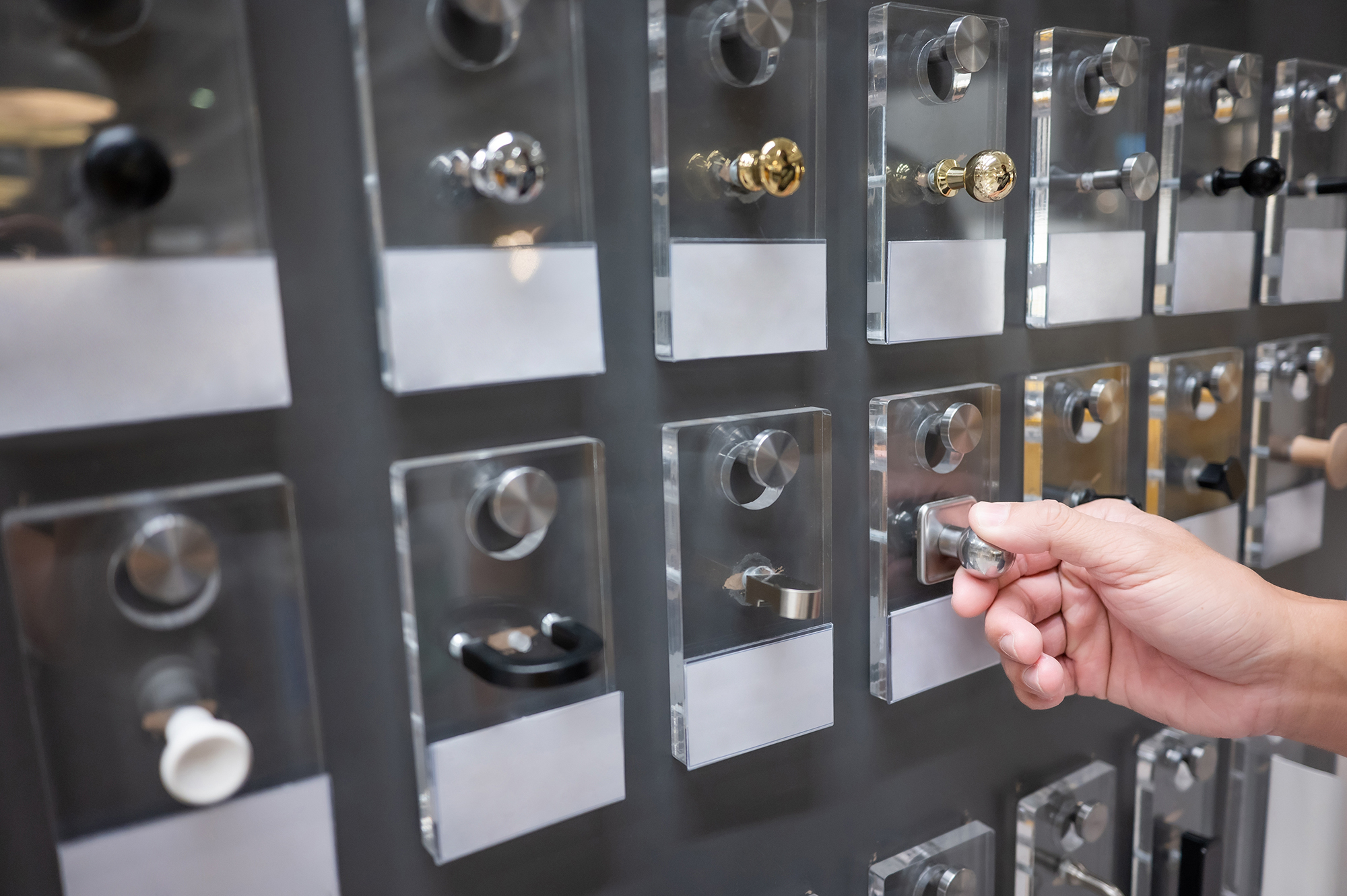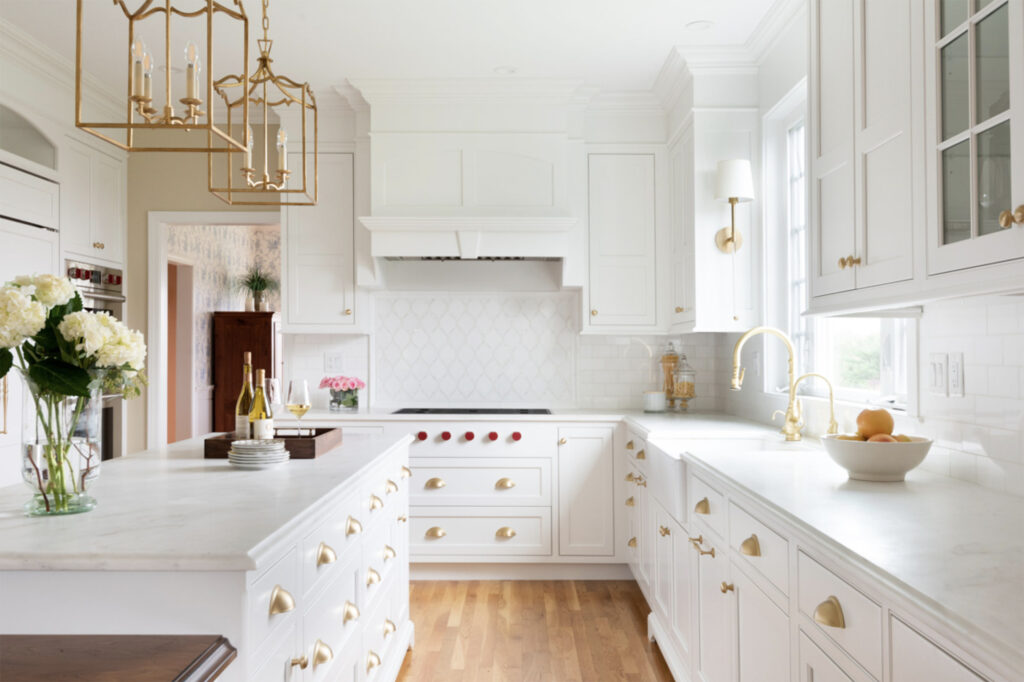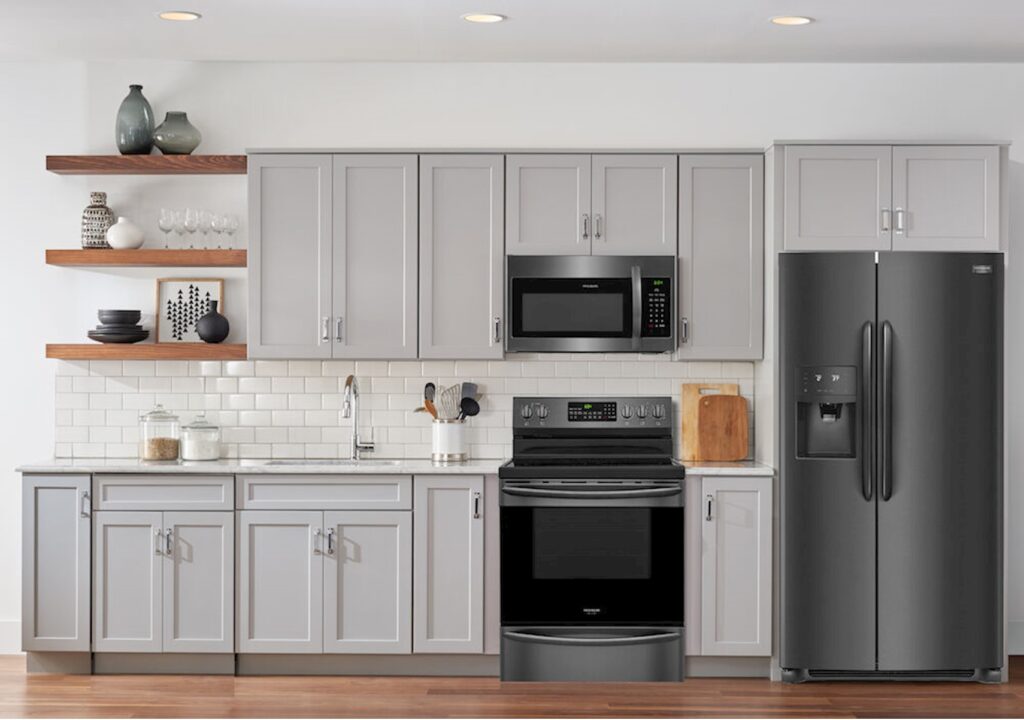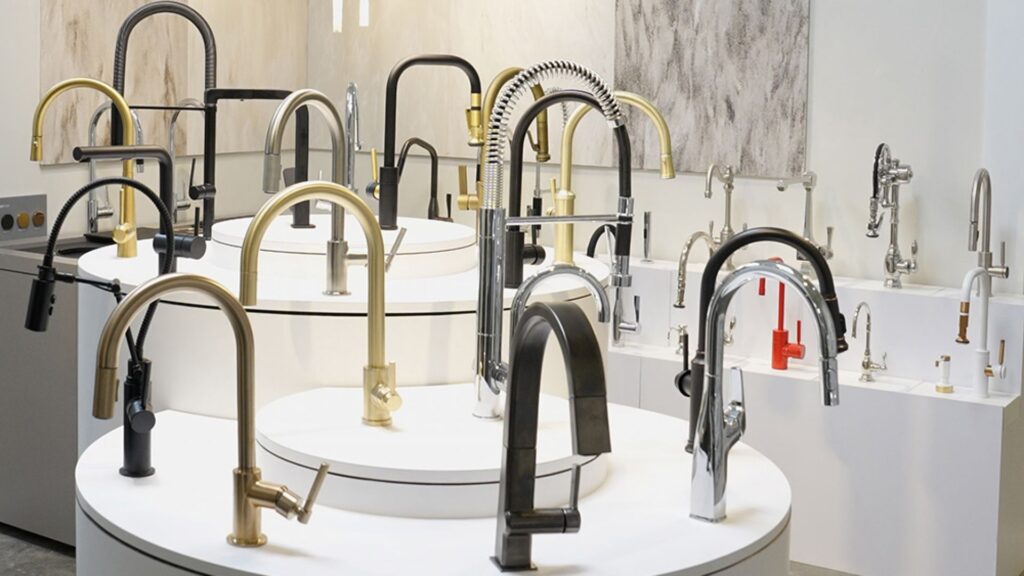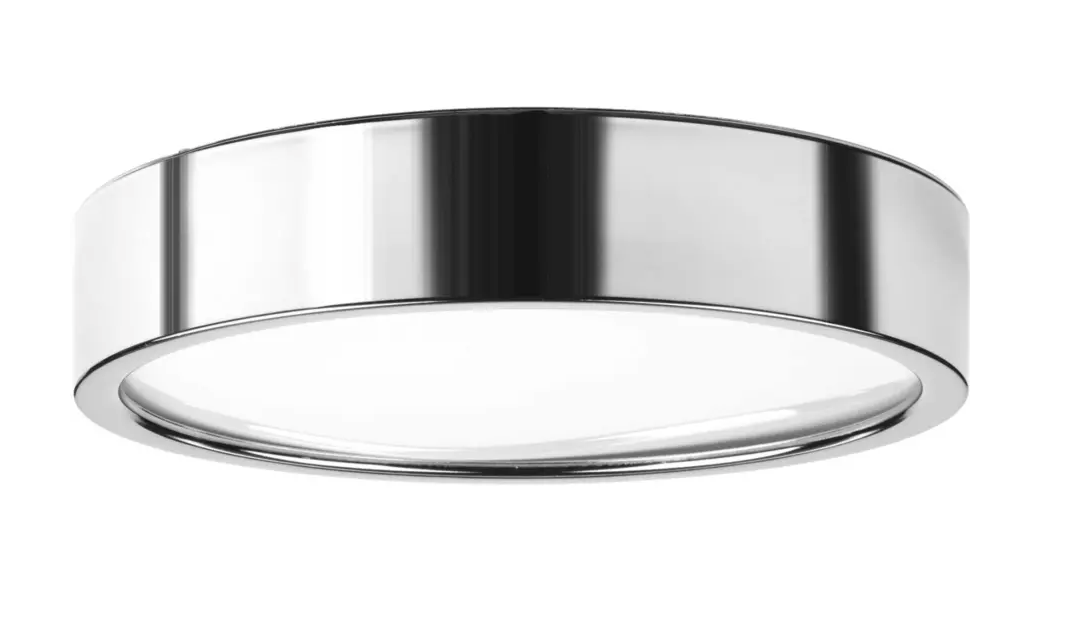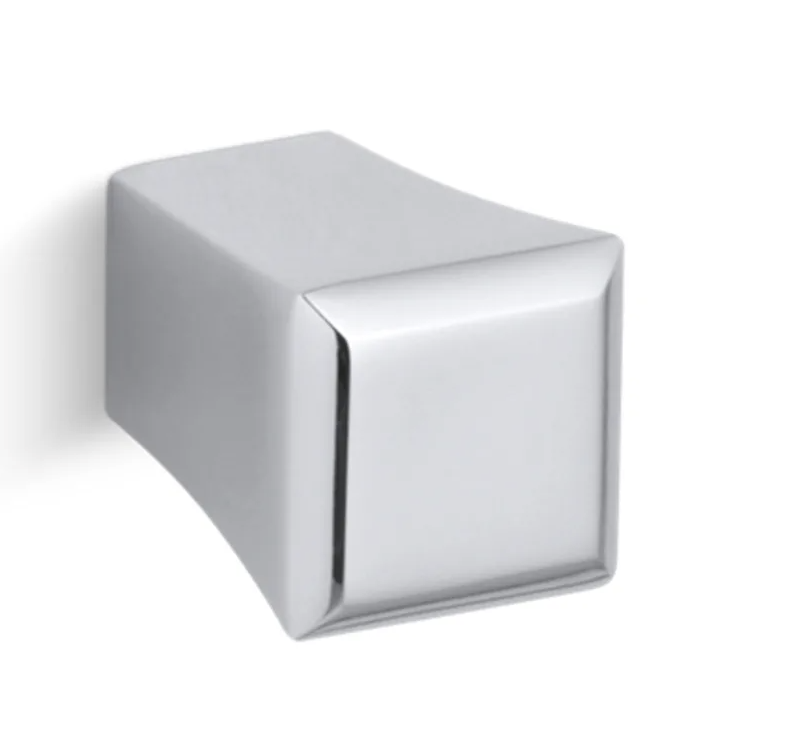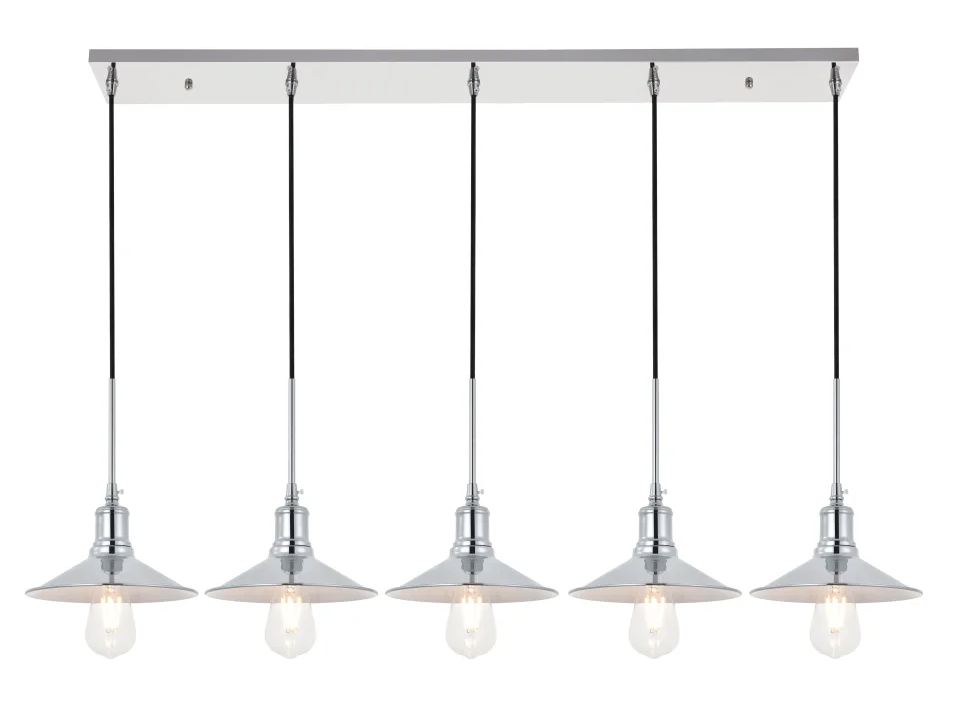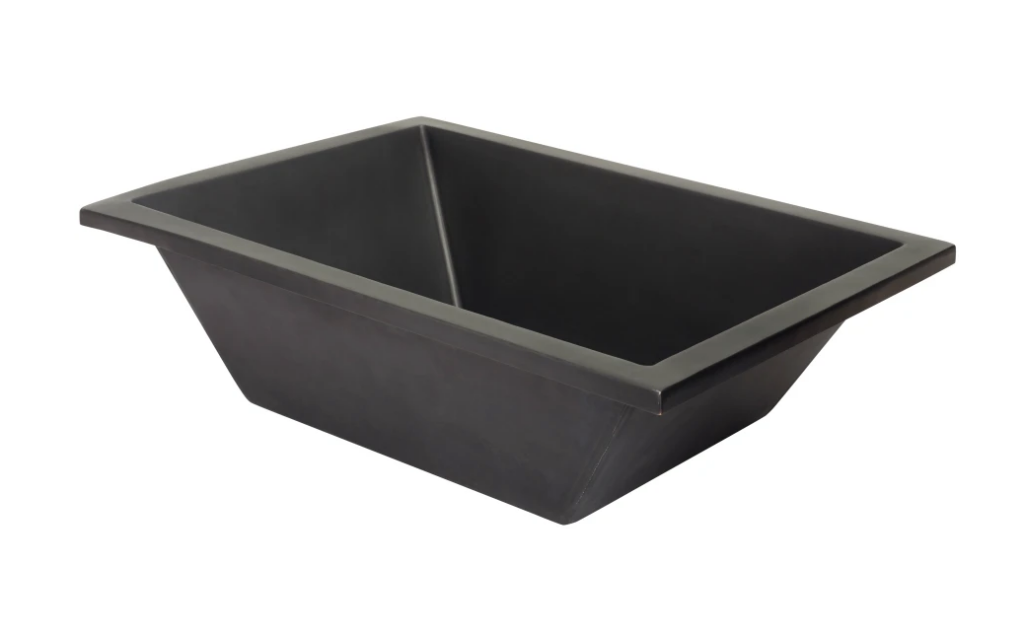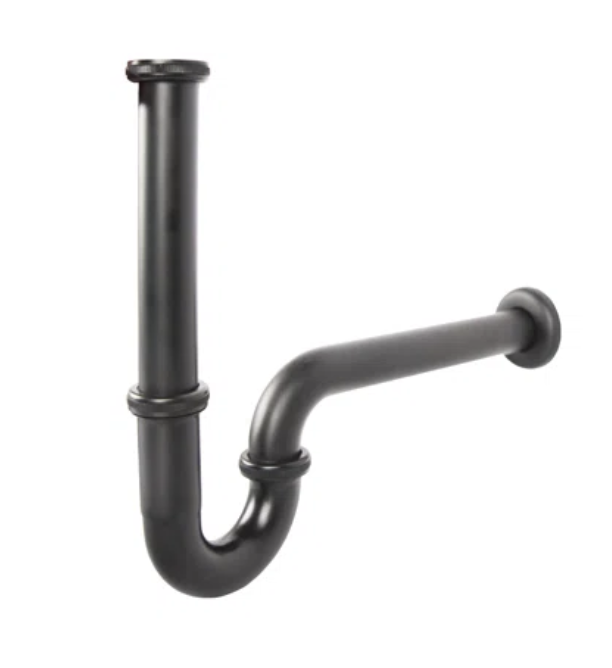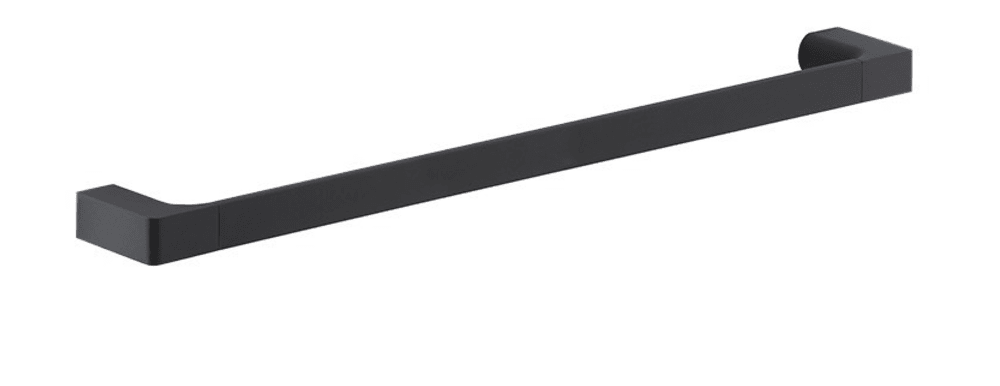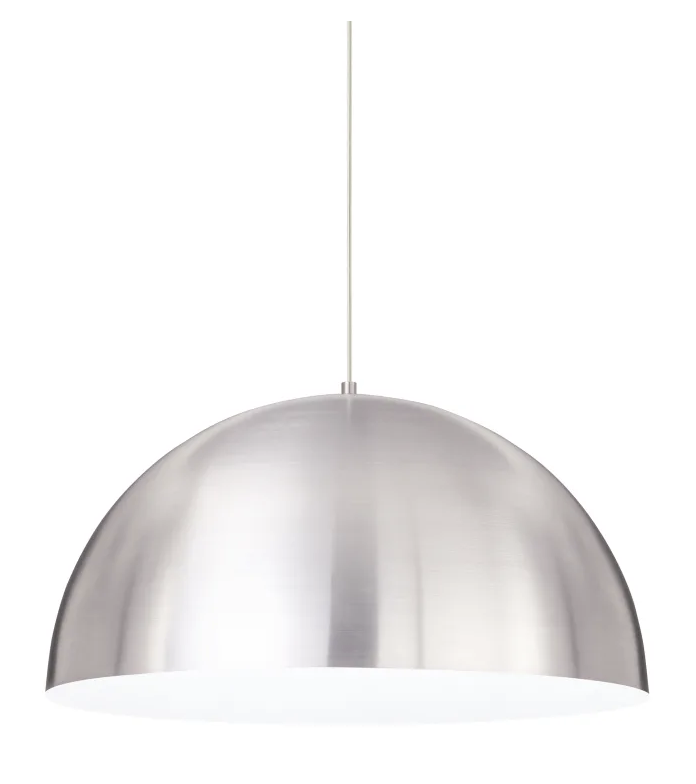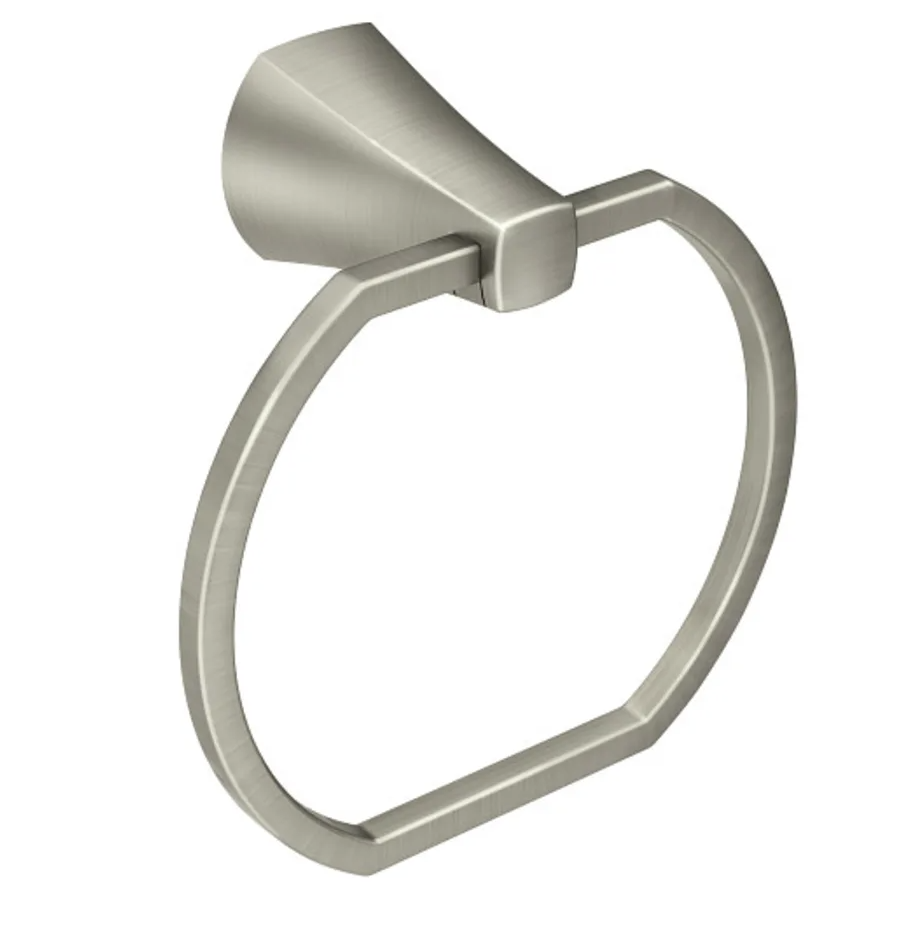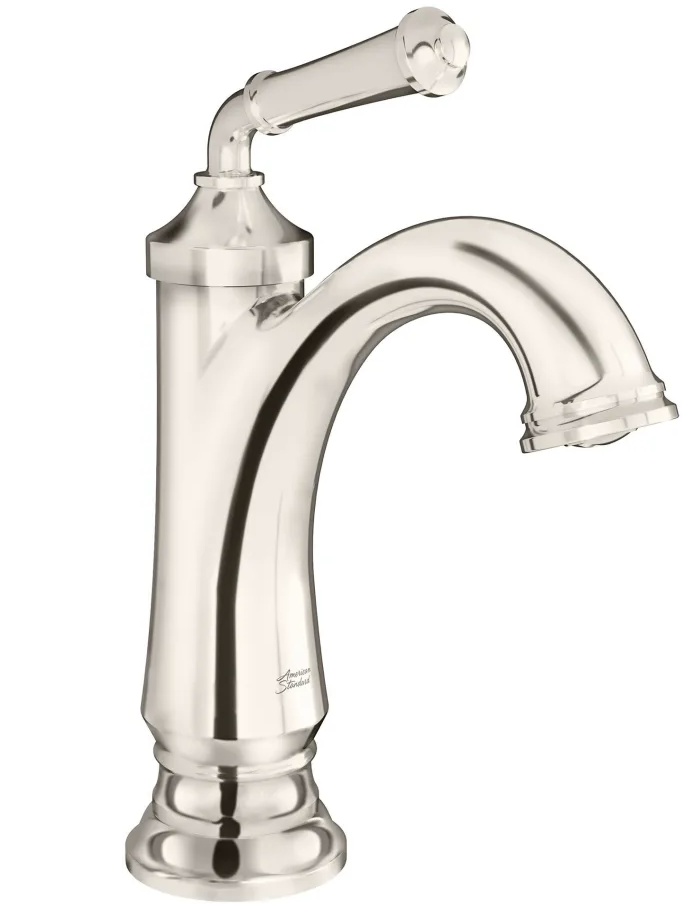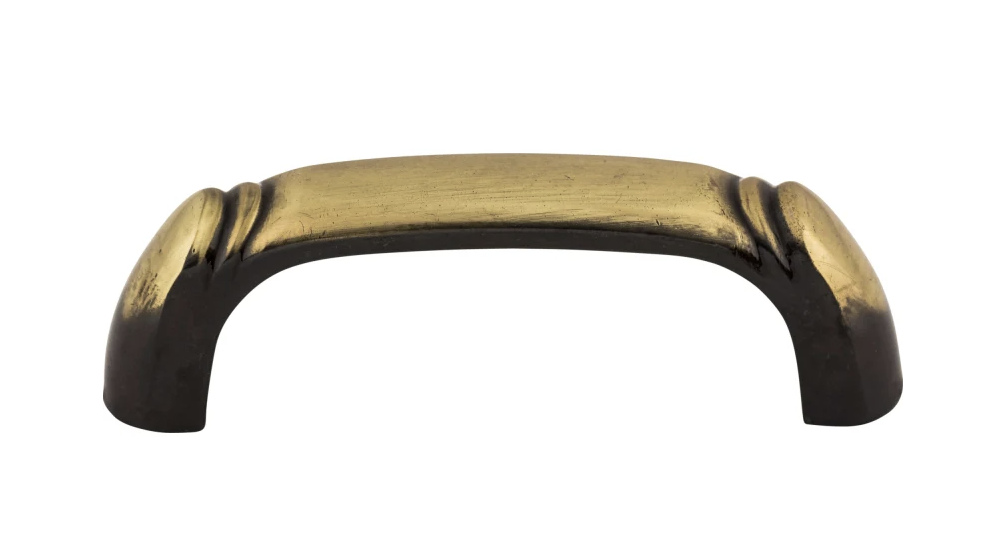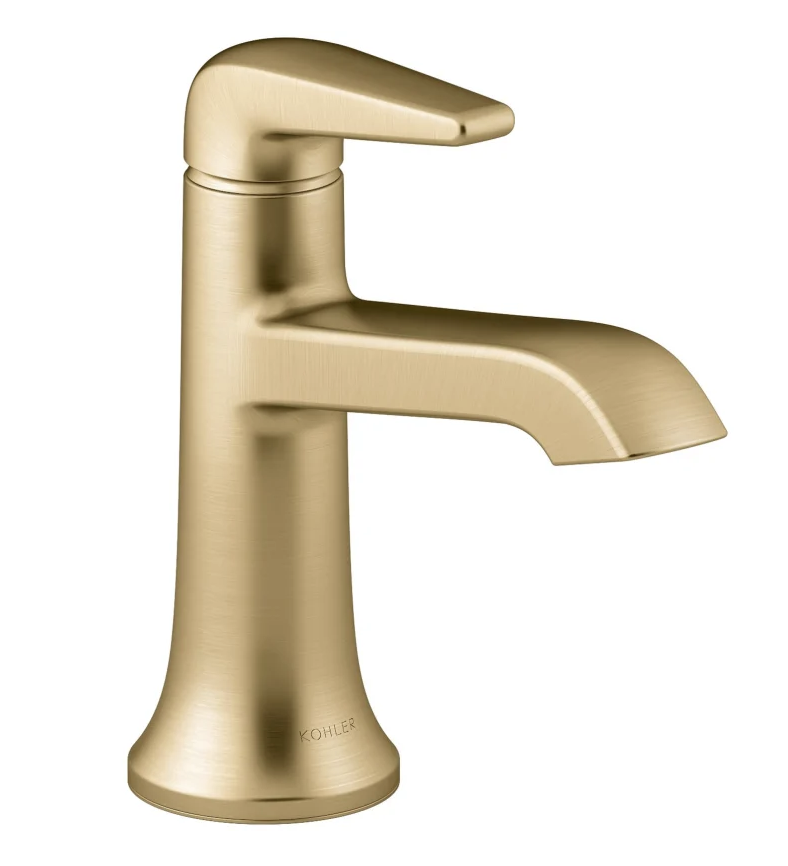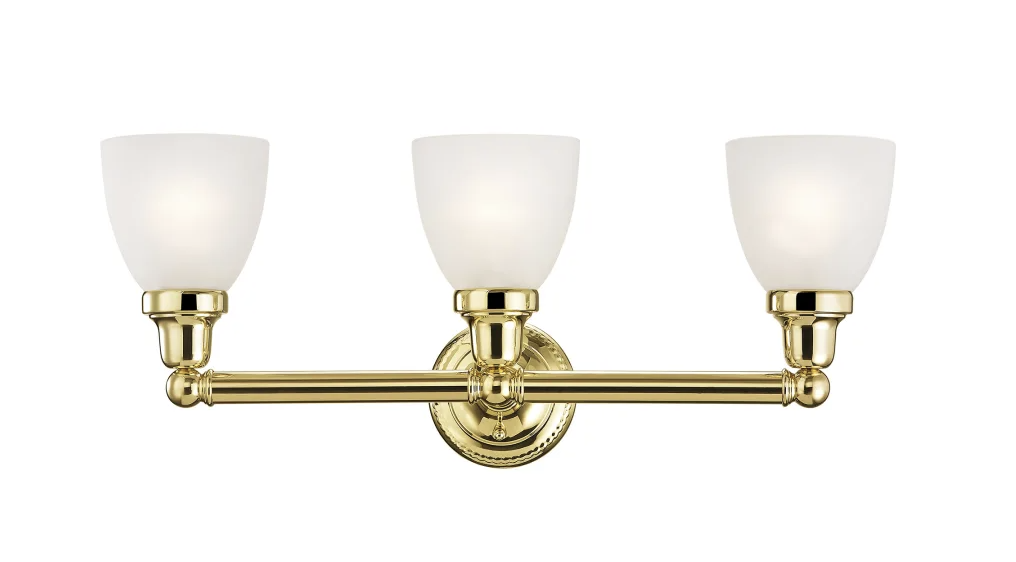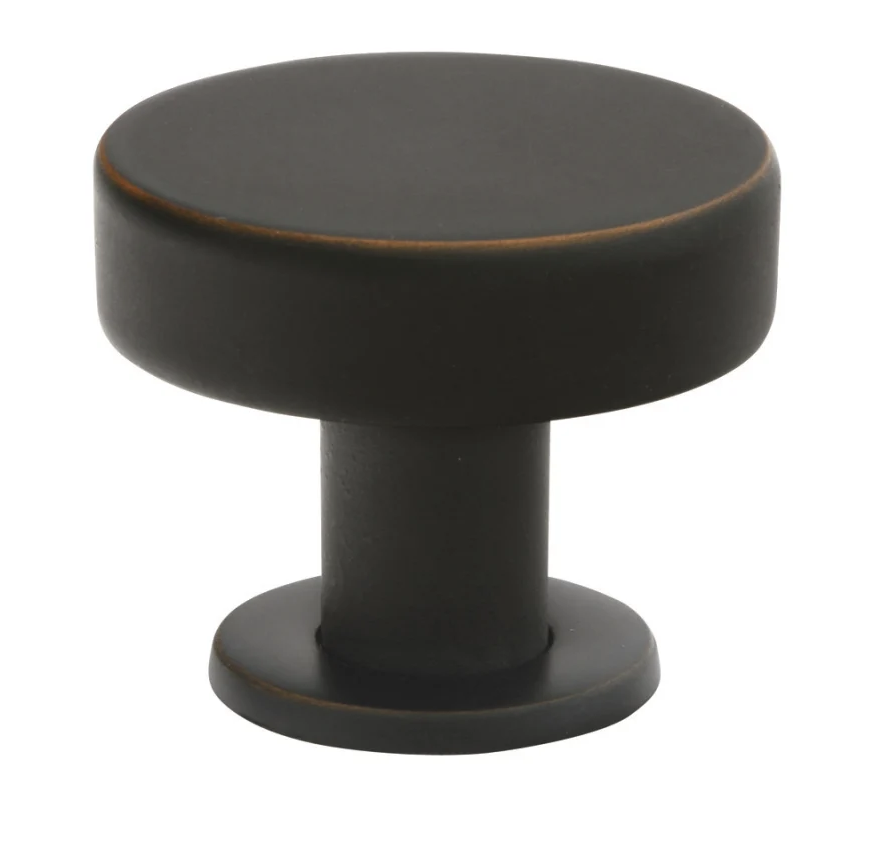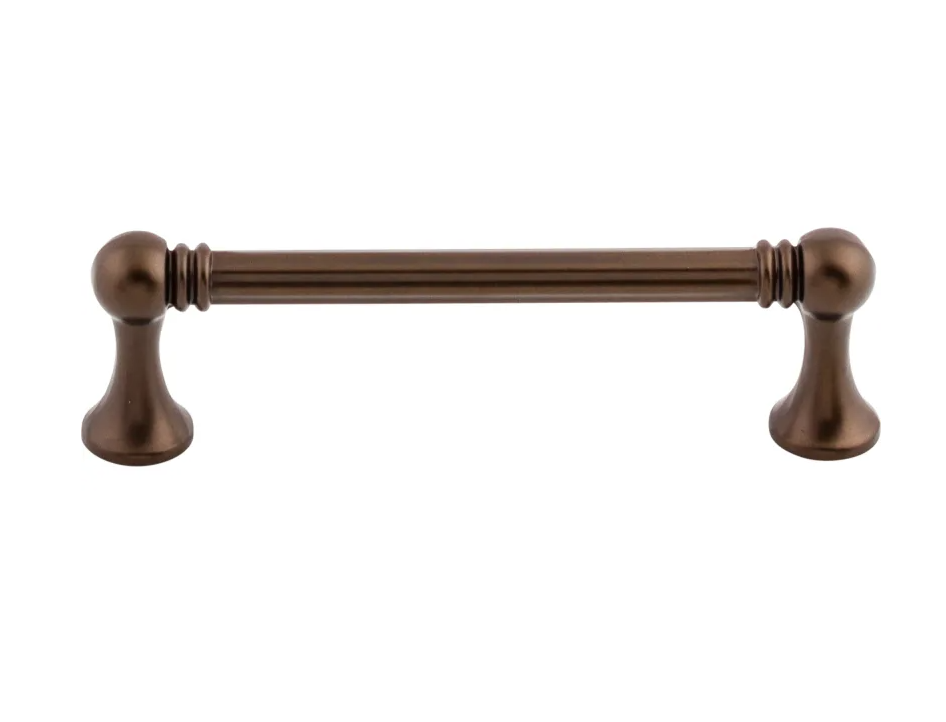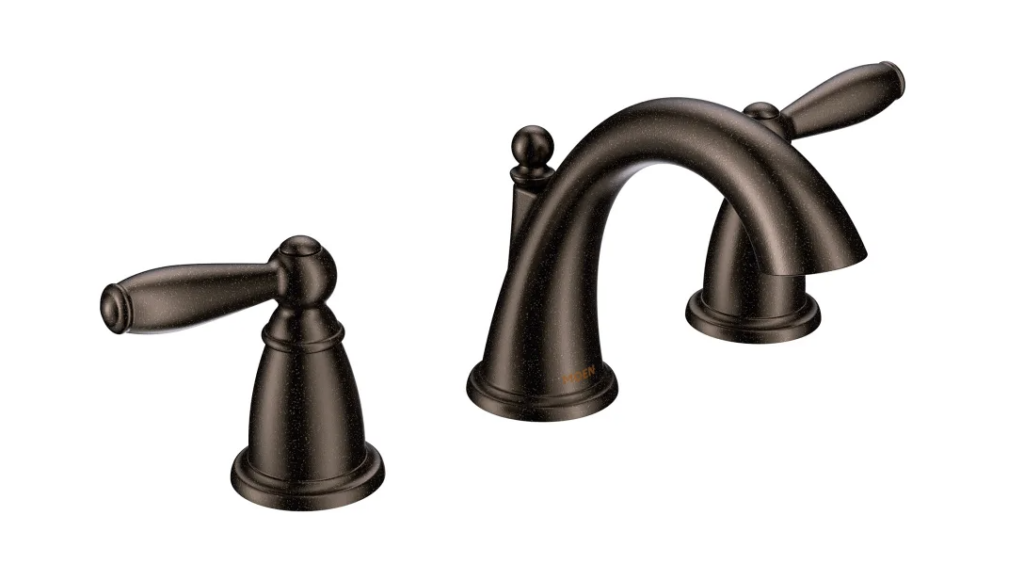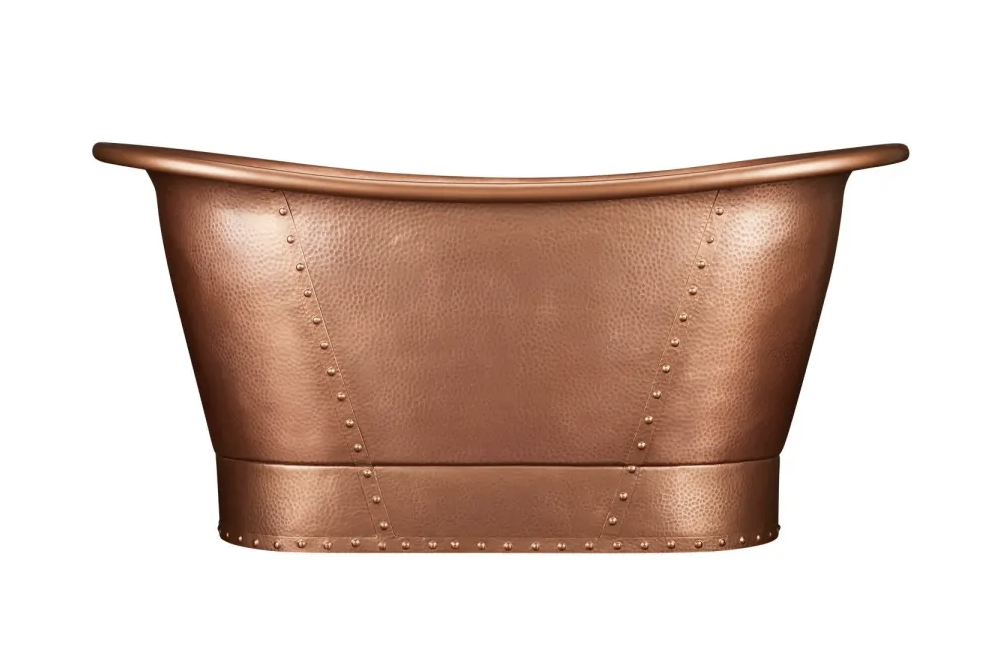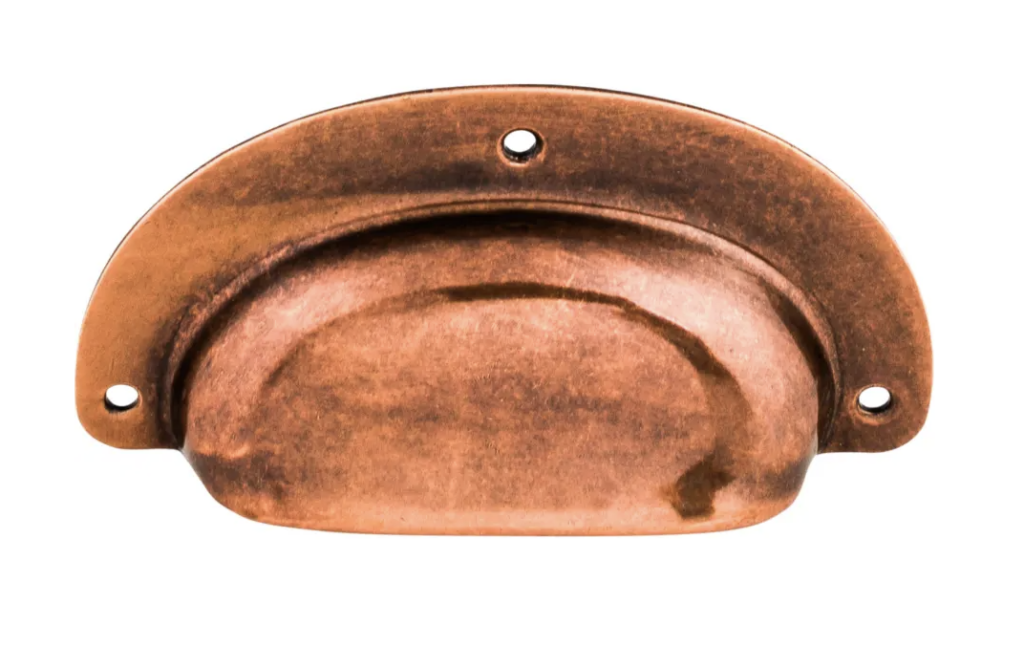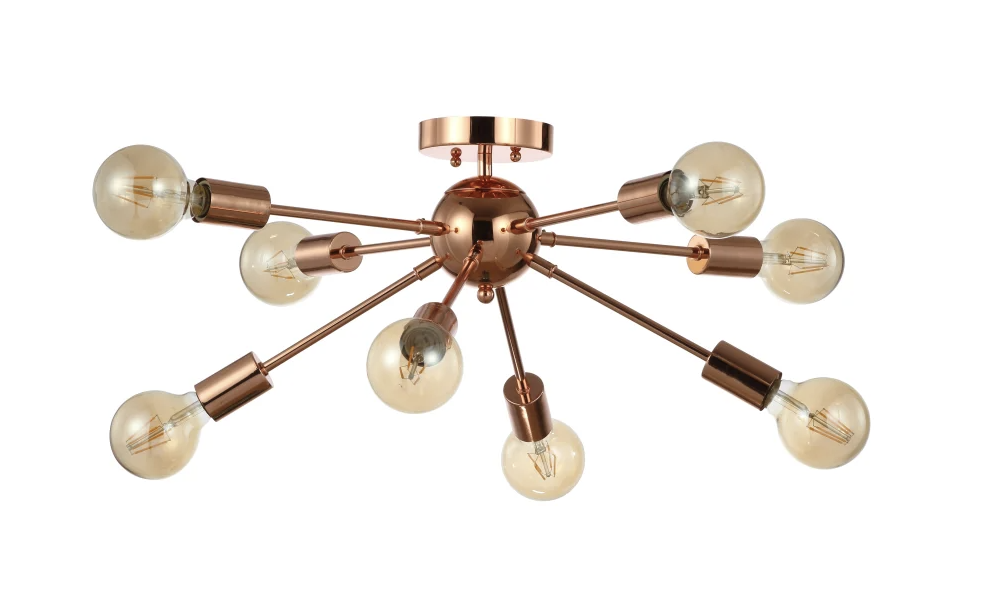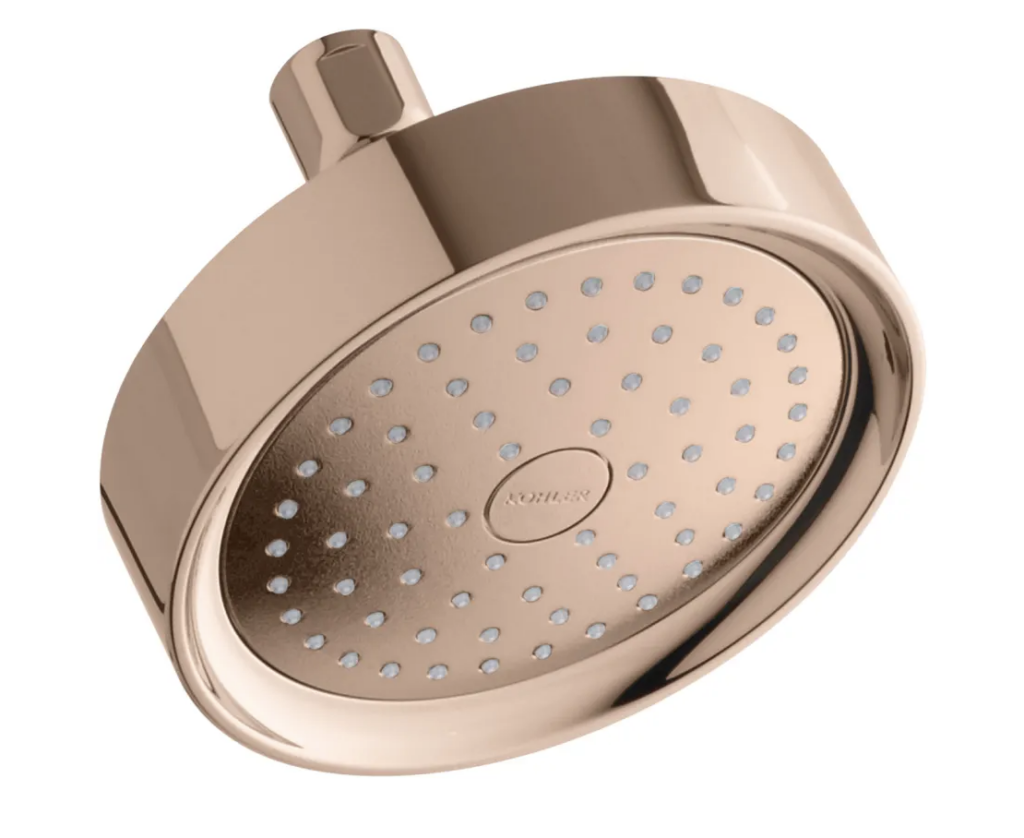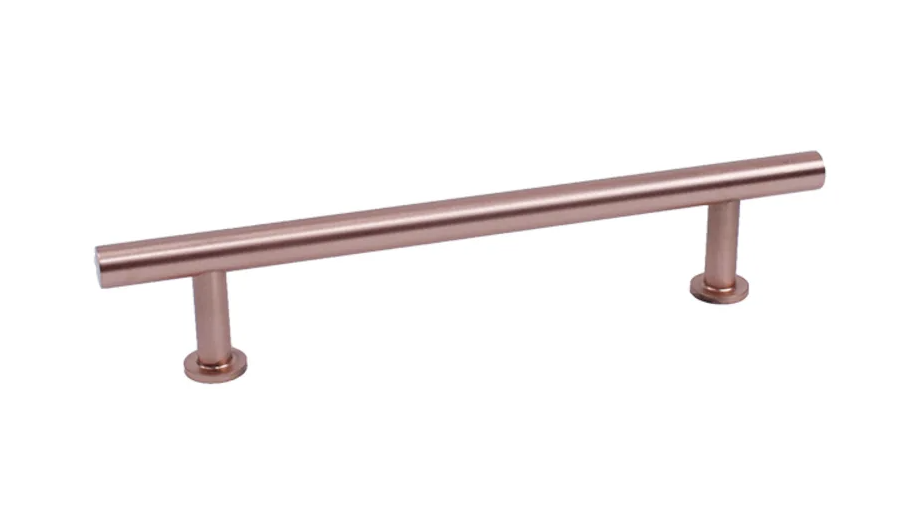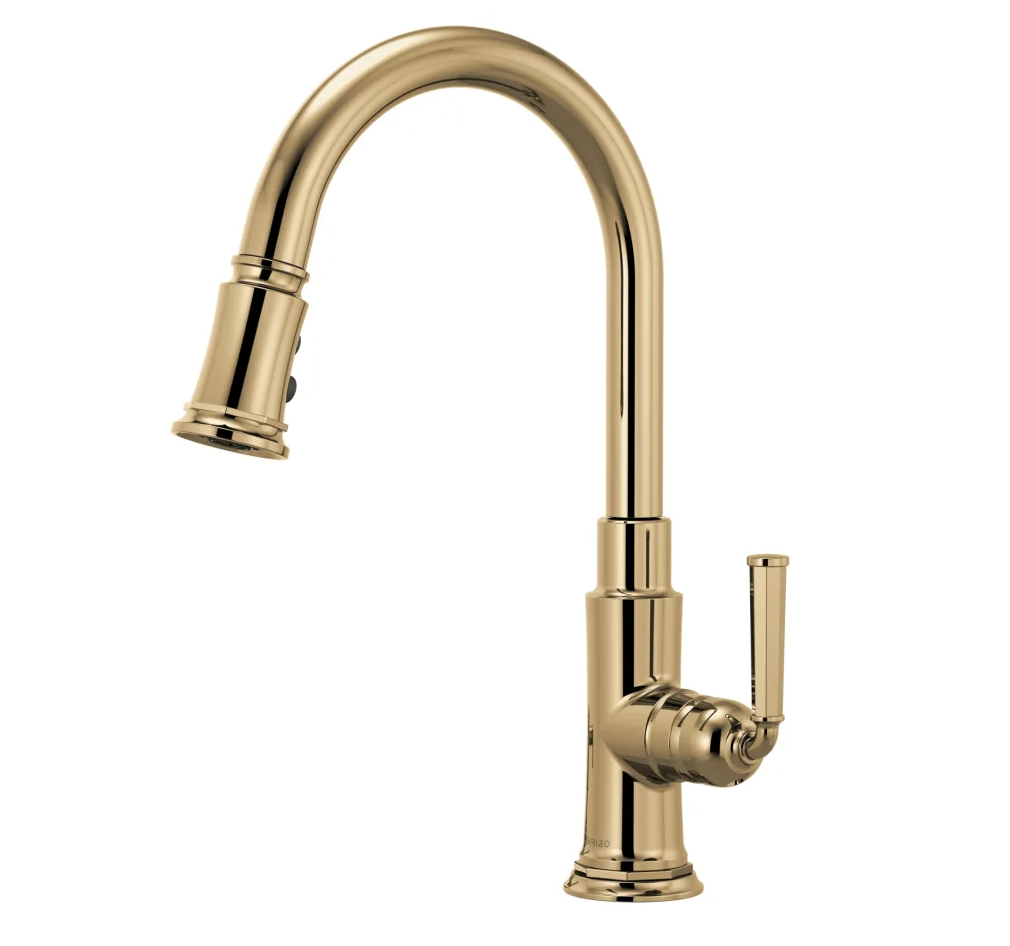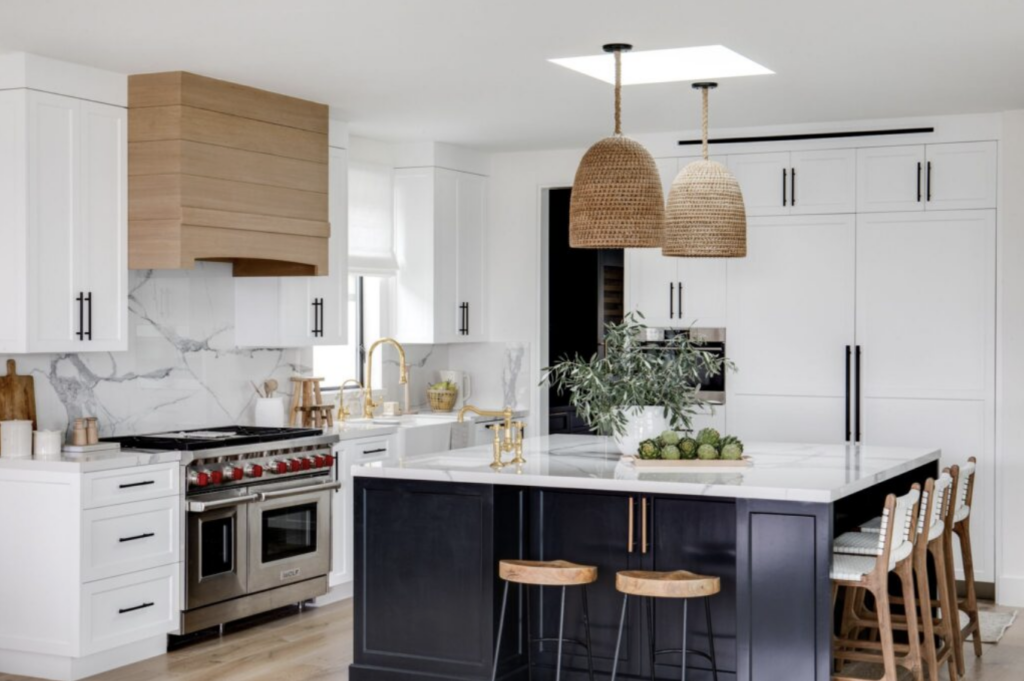-
If there’s one project that is relatively low-budget and simple to tackle, we would say it’s changing out your cabinet hardware. You will be amazed at how big of an impact simply replacing those drawer and door pulls has to your bathroom and kitchen. The color and finish of the metals you choose can really change the look of your home. There are so many hardware and fixture styles to choose from that it may be overwhelming to decide on the colors and finishes.
Common Metals for Around-the-Home Fixtures and Hardware
Three kinds of metal are commonly used for fixtures, faucets, and cabinet pulls/knobs.
Brass is a mixture (or alloy) of the metals copper and zinc. It is commonly seen in a yellow-gold to dark-gold color. Untreated brass patinas over time and develops dark spots and shades. Some people love this natural process and the effect it produces, but if you do not, it can be buffed with a brass polish to return to its original shine and color.
Brass is commonly used in higher-end light fixtures, faucets, and cabinet hardware.
Brass cabinet hardware, faucet, and lighting adds glamour to this white kitchen. // AMS Kitchens & Interiors Stainless Steel is an alloy of iron. Another key component is chromium, another type of metal, which makes stainless steel “stainless.” Stainless steel also typically contains other elements such as nickel and carbon to further enhance this effect. Unlike pure iron, this combination creates a material that is resistant to rusting and corrosion. The color is silver in its natural state, but treatments can be applied at the factory to alter it from its standard color such as black and tuscan stainless steel.
In addition to fixtures, stainless steel is a popular choice for both small and major kitchen appliances, cookware, and cutlery because of its corrosion-resistant properties. It does an excellent job handling the heat and moisture generated by cooking and everyday use.
Black stainless steel has become a popular variant to traditional stainless steel. // Lacks Zinc Alloy is not as commonly advertised as brass and stainless steel, but it makes up a lot of the hardware and fixtures we see around the house. A zinc alloy is most commonly a mixture of either zinc and aluminum or zinc and copper. If you’ve ever held a magnet up to a metallic material and it does not stick, then there’s a chance it could be a zinc alloy. The untreated color of zinc alloy is typically a bright silver.
Since it is corrosion-resistant like stainless steel, it is a popular choice for surfaces that come in contact with water and moisture, such as faucets. It is less expensive than stainless steel, so it’s ideal for those on a budget.
Zinc alloy is a common metal for kitchen faucets. // Pirch Common Metal Finishes
In addition to the natural color of metals, a plating, finish, or paint can be applied to it to further diversify its color choice.
Chrome – Chrome plating received its name from the metal it is derived from, chromium. A thin layer of chromium is electroplated onto the metal, creating a shiny mirror-like polished surface with a cool silver tone that no paint can truly mimic.
Chrome flush-mount light, drawer pull, and pendant lights // Build.com Matte Black – Matte black has been a popular choice in recent years. It is created by powder-coating a metal or by spray-painting a layer of matte black paint over the metal. Since the effect can be achieved with a matte black spray paint, it is popular to D.I.Y. However, professional powder-coating typically leads to smoother and more durable results.
Sink, sink pipe, and towel bar in matte black. // Build.com Satin Nickel, Brushed Nickel, Polished Nickel – While nickel is also considered to be silver in color, it is warmer in tone than chrome. It typically comes in three finishes – satin, brushed, and polished. A satin finish produces a uniform dull sheen effect that looks like satin fabric, a brushed finish is a type of satin finish in which you can see very thin lines or “brushstrokes” on the metal, and a polished finish is very shiny like chrome.
Satin nickel pendant light, brushed nickel towel ring, and polished nickel bathroom faucet. // Build.com Aged Brass, Satin Brass, Polished Brass – Brass can also be treated to achieve different appearances. Aged brass is intentionally made to look old and weathered with a combination of chemicals and acids. Satin brass has the same finish as satin nickel, with just a subtle sheen. Polished brass is very shiny and can come lacquered or unlacquered. Lacquered brass has a coating that prevents fingerprints and smudges and prevents the color from naturally darkening over time. Lacquered brass may need refinishing (stripping the old coat of lacquer and then recoating with a fresh coat) to keep it shiny while unlacquered brass just needs to be oiled up with linseed or mineral oil to bring the shine back.
Aged brass drawer handle, satin brass faucet, and polished brass light fixture // Build.com Oil-Rubbed Bronze, Antique Bronze – Before matte black became popular, oil-rubbed and antique bronze was the darkest color that was typically available for fixtures at your typical hardware or home decor store. The color is very close to black, but instead of being solid black, it is a very dark brown with copper undertones that can vary from piece to piece. It is created by rubbing a finishing oil or solution over a metal that may or may not be bronze.
Oil-rubbed bronze drawer knob, drawer pull, and bathroom faucet. // Build.com Antique Copper, Polished Copper – Copper has a characteristic orange tone. Like a copper penny, real untreated copper dulls and tarnishes over time and achieves an antiqued look. Polished copper may not be actually made of copper at all, but rather a finish is applied to give it color.
Rose gold became a very popular metal a few years ago and many people actually cannot distinguish between some shades of rose gold and copper, so you may see the finishes used interchageably in some product titles and descriptions.
Bathroom, drawer pull, and light fixture in copper. // Build.com Gold-Plated (Rose Gold and Yellow Gold) – Much like chrome, gold-plating results in an ultra-thin layer of shine and color on the metal. The plating of a gold-plated piece is made of real gold, but in a very small quantity. The thickness of the gold plating is measured in microns, of which one micron is one-thousandth of a millimeter. Electroplating, a chemical reaction that is generated by electricity, adheres the gold plating to the base metal, which can be many kinds of metals, depending on the application.
Rose gold showerhead, cabinet pull, and yellow gold kitchen faucet. // Build.com How to Mix Metals in Home Design
Mixing metals creates an unexpected and curated look in the space. It’s easy to match metals, but mixing metals brings on a good type of challenge. We think the key is to pick one dominant metal and then accent with other types of metals. If you would like both your cabinets and hardware to be a focal point, then pick contrasting colors.
To make the look more interesting, choose different types of finishes. For instance, you can have matte black cabinet handles and accent them with polished gold light fixtures. Or matte black cabinet pulls on white cabinets and a contrasting navy blue island with gold cabinet pulls accented with a gold faucet like the kitchen below by Lindye Galloway Studio.
A modern mixed-metal kitchen with matte black, gold, and silver tones. // Lindye Galloway Studio Make Your Home Design Shine
Take the guesswork out of mixing and matching metals and home renovations by working with The Cabinet Doctors. We offer cabinet refacing, custom cabinet design, and kitchen and bathroom renovations. Our services will help bring new life into your space. Reach out today!
Showroom Hours:
M-F 10am-4pm
After hours and weekends by appointment only
Creating Beautiful Kitchens
and Baths for Over 30 Years.For a complete kitchen or bath remodel, new cabinets, refacing in wood or paint,
we have the products and expertise to serve you.
Showroom Hours:
M-F 10am-4pm
After hours and weekends by appointment only(916) 632-8299
2200 Sierra Meadows Drive, Ste. A, Rocklin, CA 95677
info@thecabinetdoctors.com
License # 779523- Roseville
- Rocklin
- Fair Oaks
- Sacramento
- Lake Tahoe
- Lincoln
- Folsom
This site is protected by reCAPTCHA and the Google Privacy Policy and Terms of Service apply.
© Cabinet Doctors . All Rights Reserved. Design By Elevate Public Relations.

